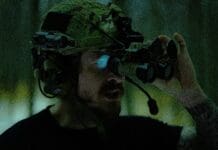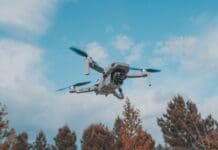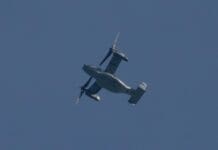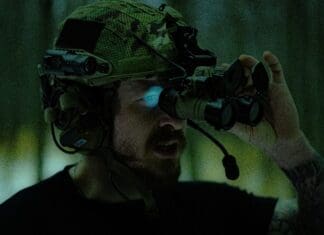
This post is also available in:
 עברית (Hebrew)
עברית (Hebrew)
The US military forces want to test new technologies in the harshest conditions. The Navy’s Fifth Fleet — which operates in the Arabian Gulf, Gulf of Oman, Red Sea and parts of the Indian Ocean — faces congested waterways, threats from nearby adversaries, and an inhospitable climate.
Task Force 59 was established in order to integrate new and promising unmanned and AI-enabled systems to enhance maritime domain awareness and bolster deterrence.
The Navy expects the task force — which is the first of its kind — to draw in allies to collaborate, which will ultimately strengthen the service’s presence in the area.
The sea service plans to field more surface and subsurface robotic systems. “We want more eyes on what’s happening out there in addition to the awareness we generate through our manned platforms that continue to patrol the region today,” said Vice Adm. Brad Cooper, commander of U.S. Naval Forces Central Command and U.S. 5th Fleet and Combined Maritime Forces.
However, it is not enough to simply increase the amount of information and raw data coming in, Cooper added. The service will also need to process and store it in real time to determine what information is relevant to missions. “This is where the AI piece really comes to bear,” he said. “We’ve got to find the means to process all the data and extract the key gems that we need for operational and tactical decision making.”
The standing up of Task Force 59 will allow officials to evaluate systems for real-world applications and to help accelerate technology development and integration across the fleet.
The task force is expected to bring about increased integration between unmanned aerial, surface, and undersea vehicles, as reported by nationaldefensemagazine.org.
























